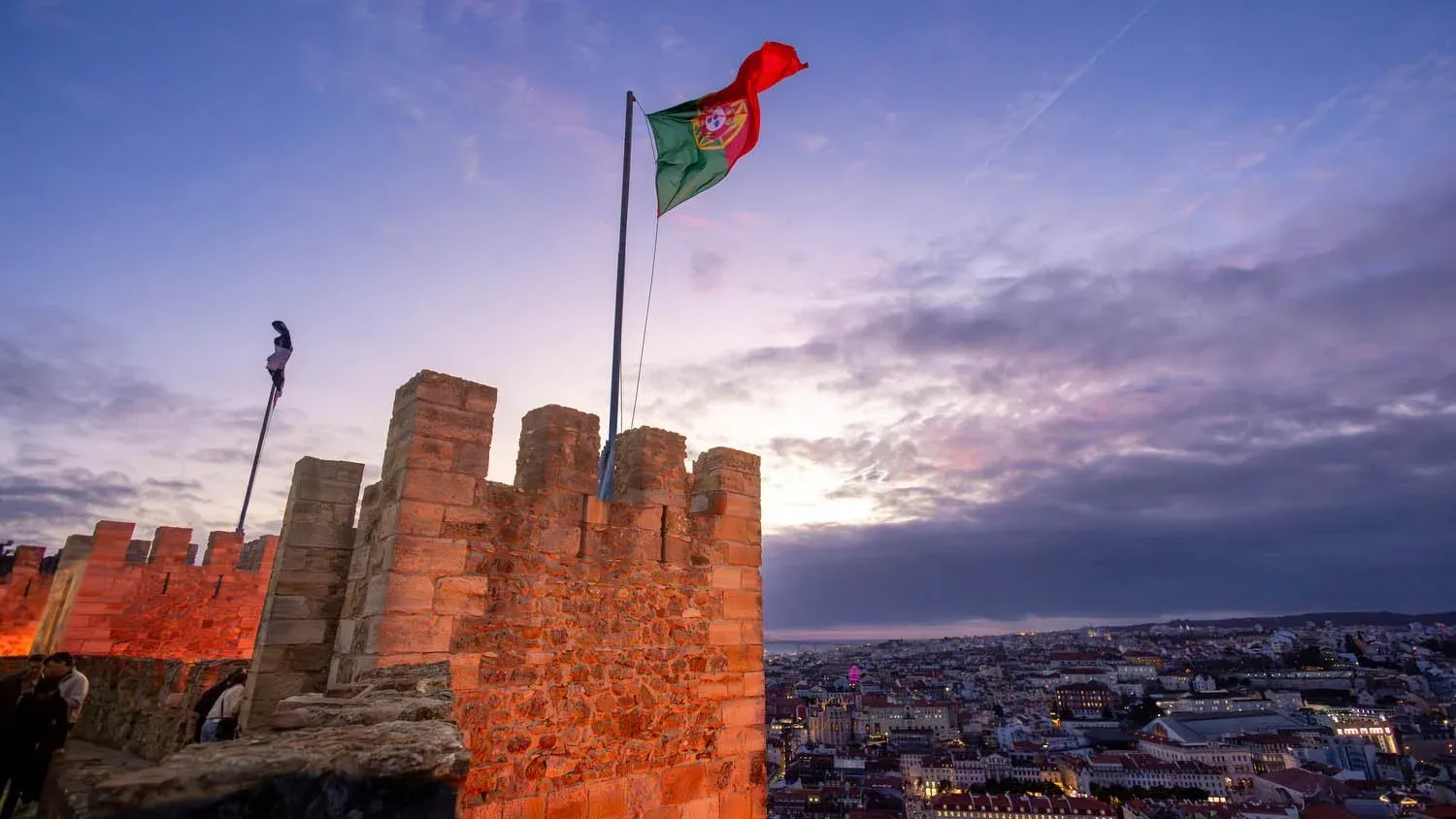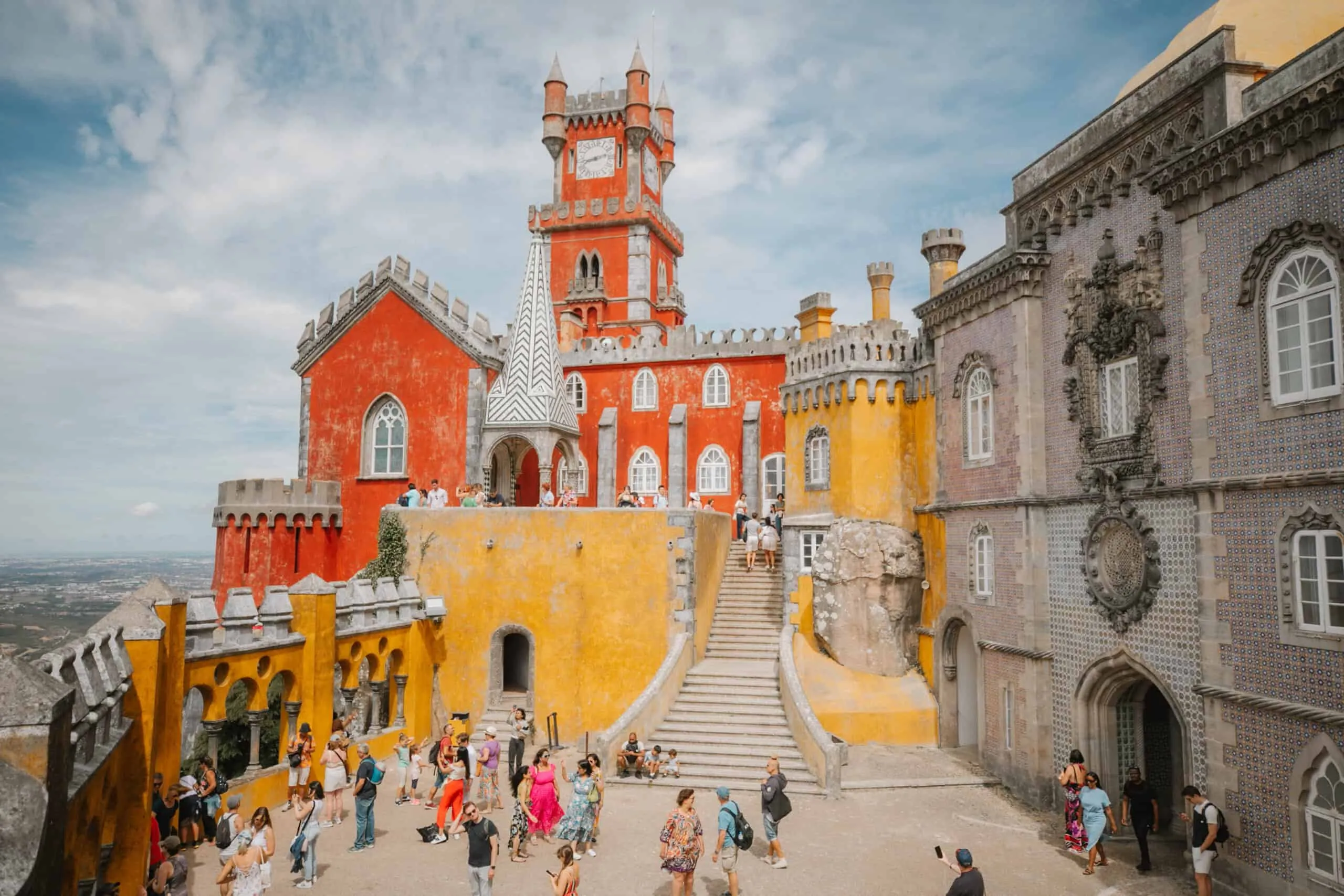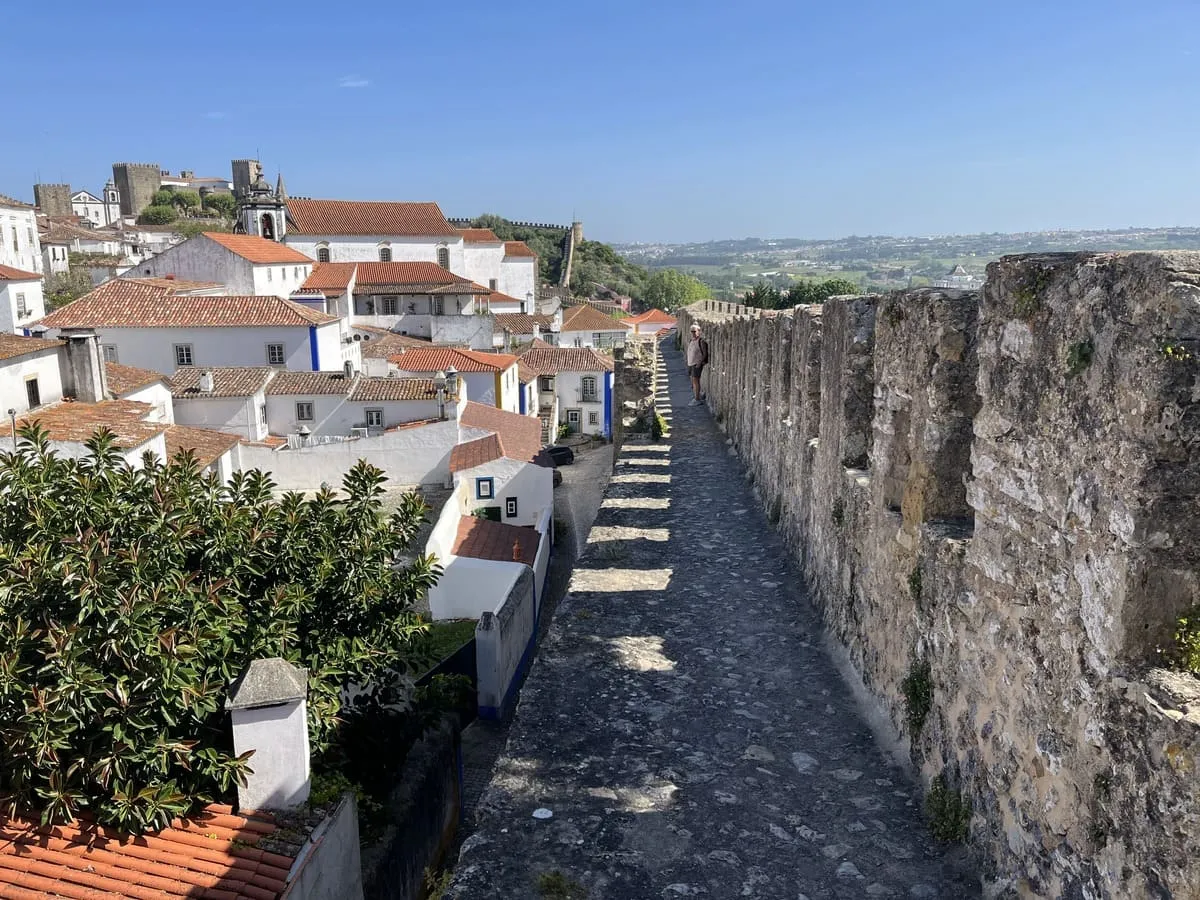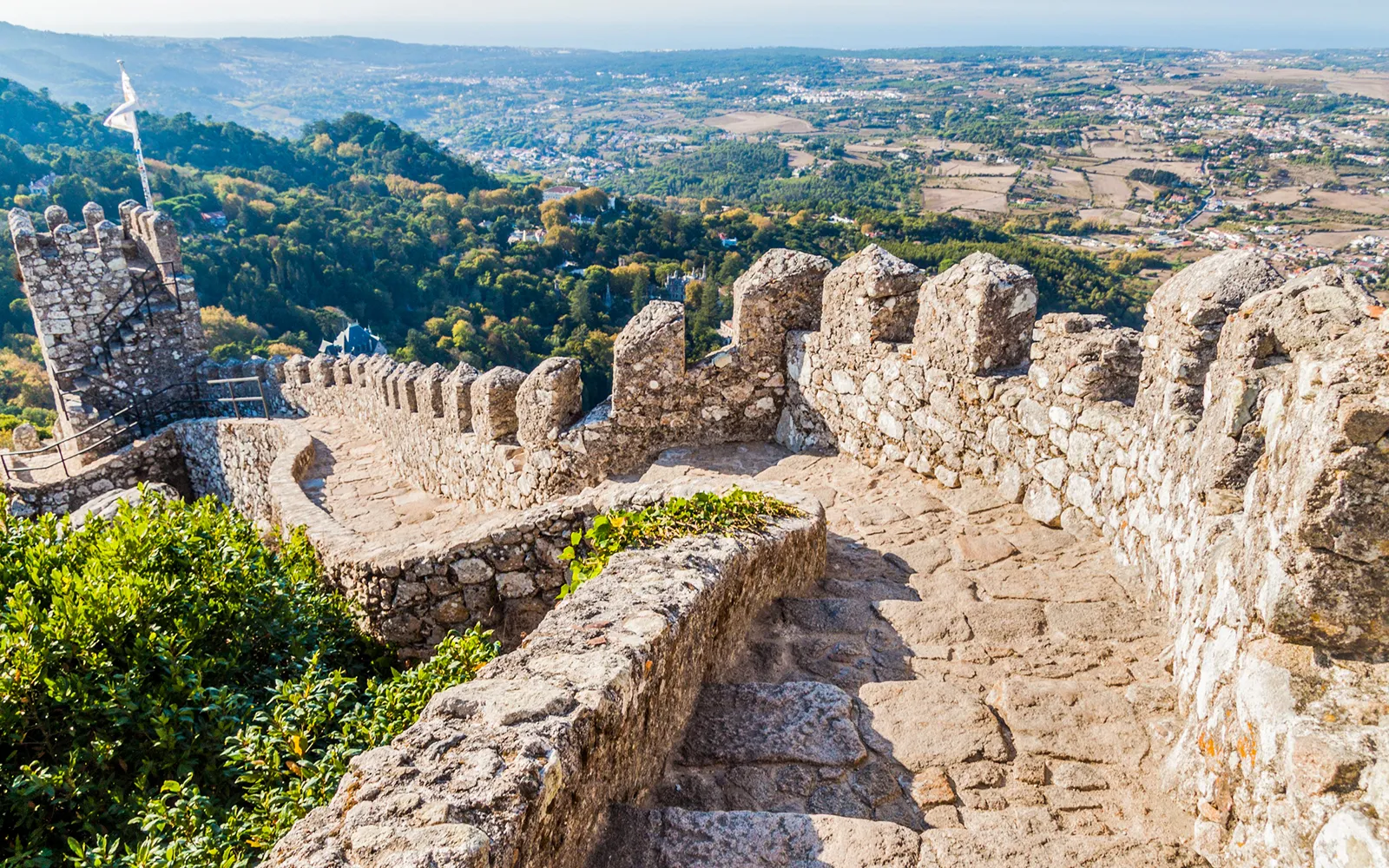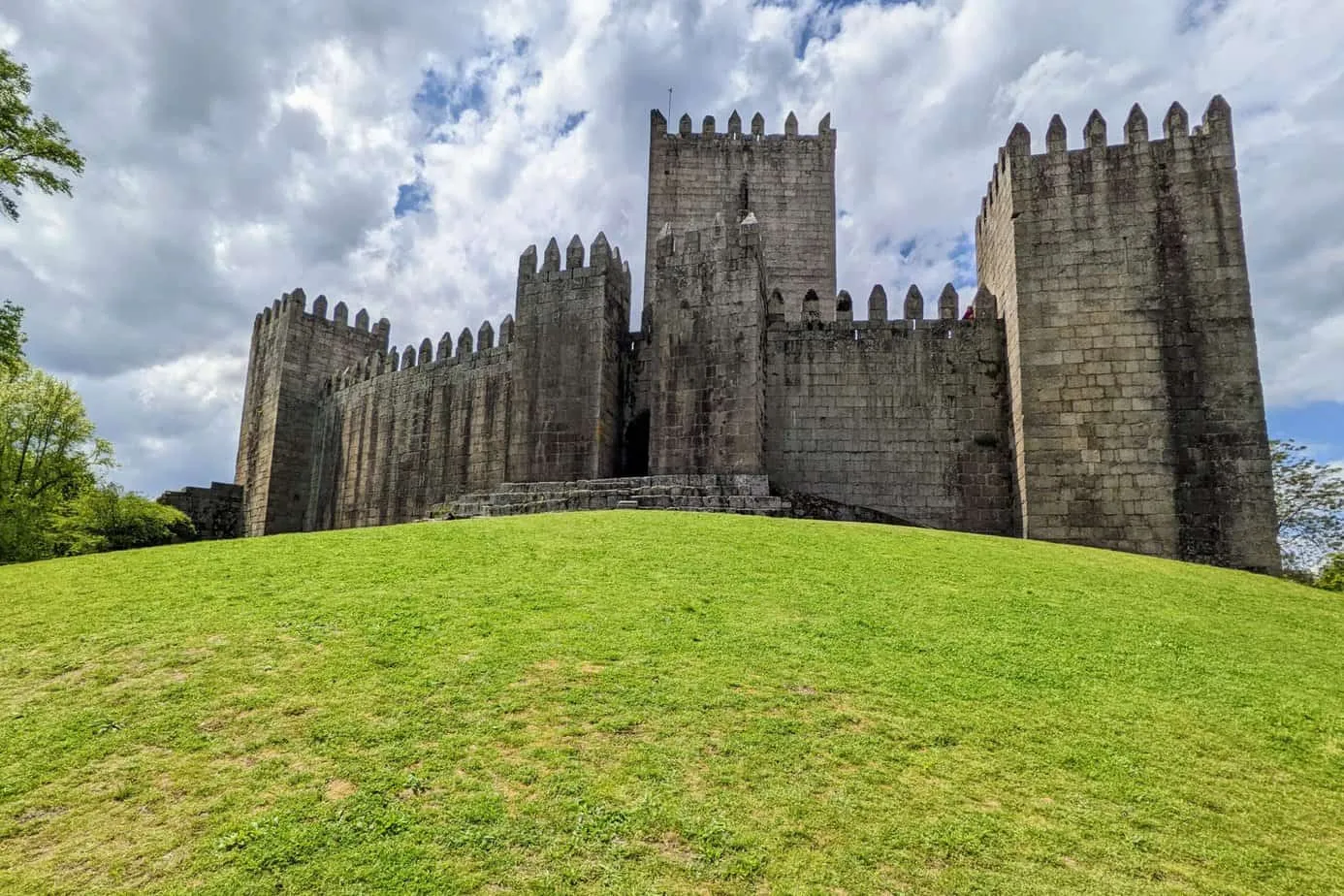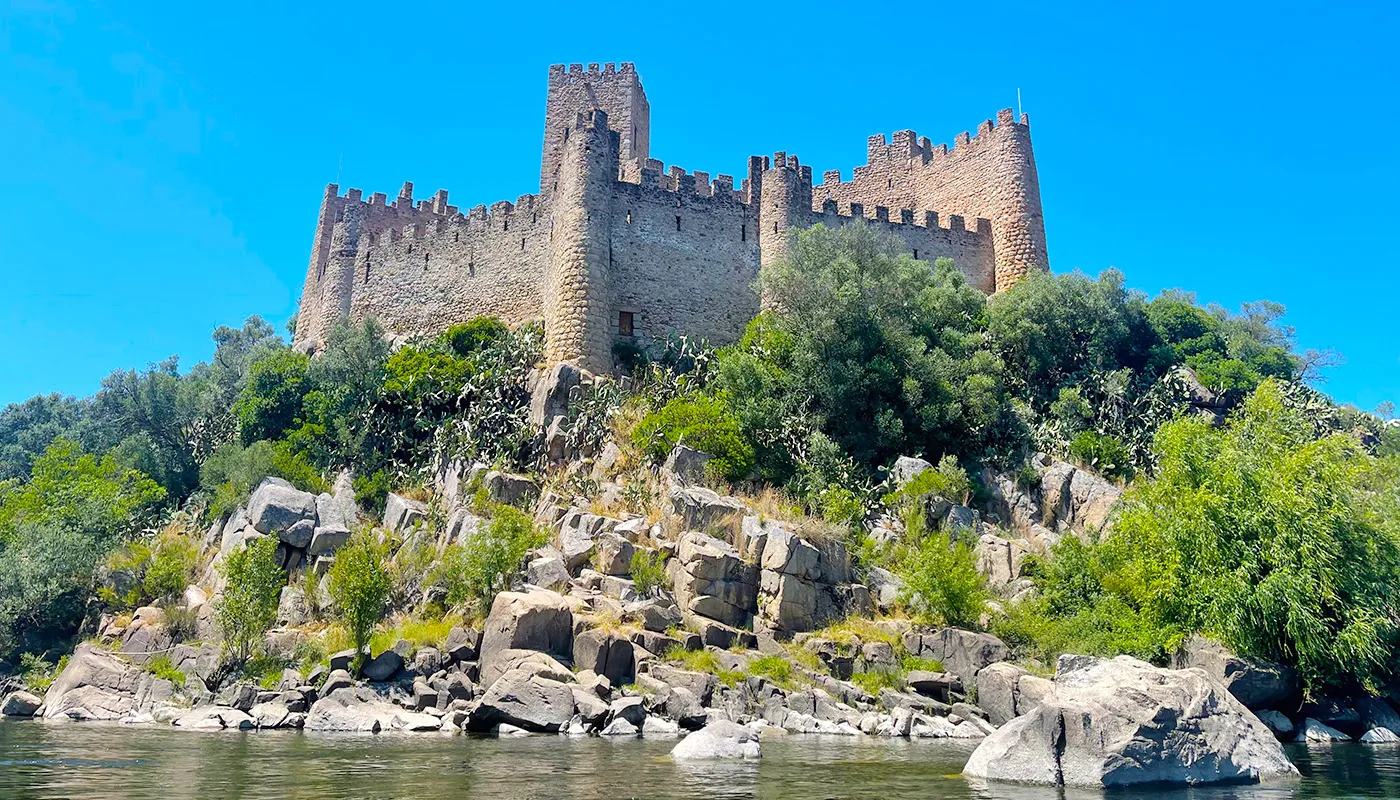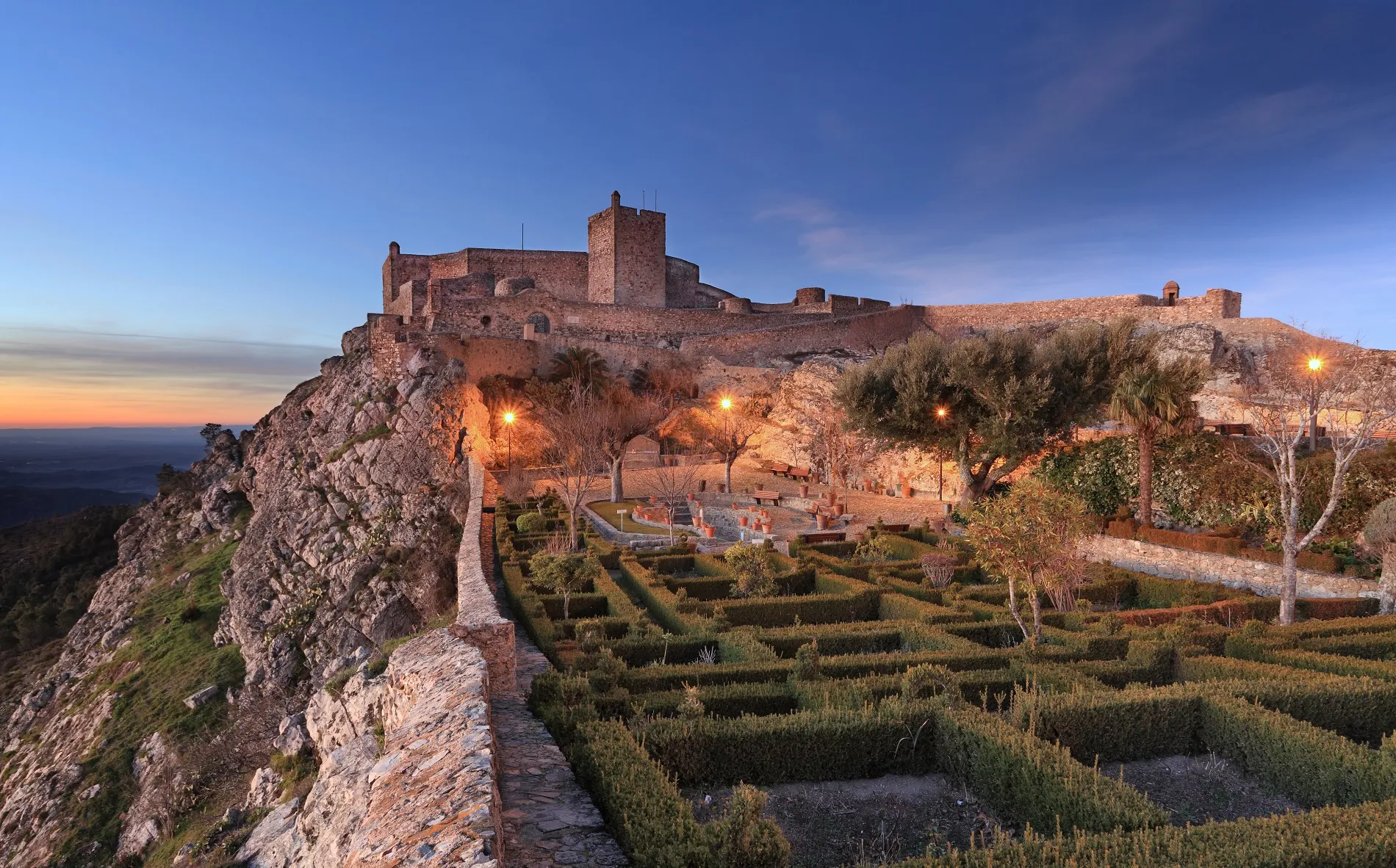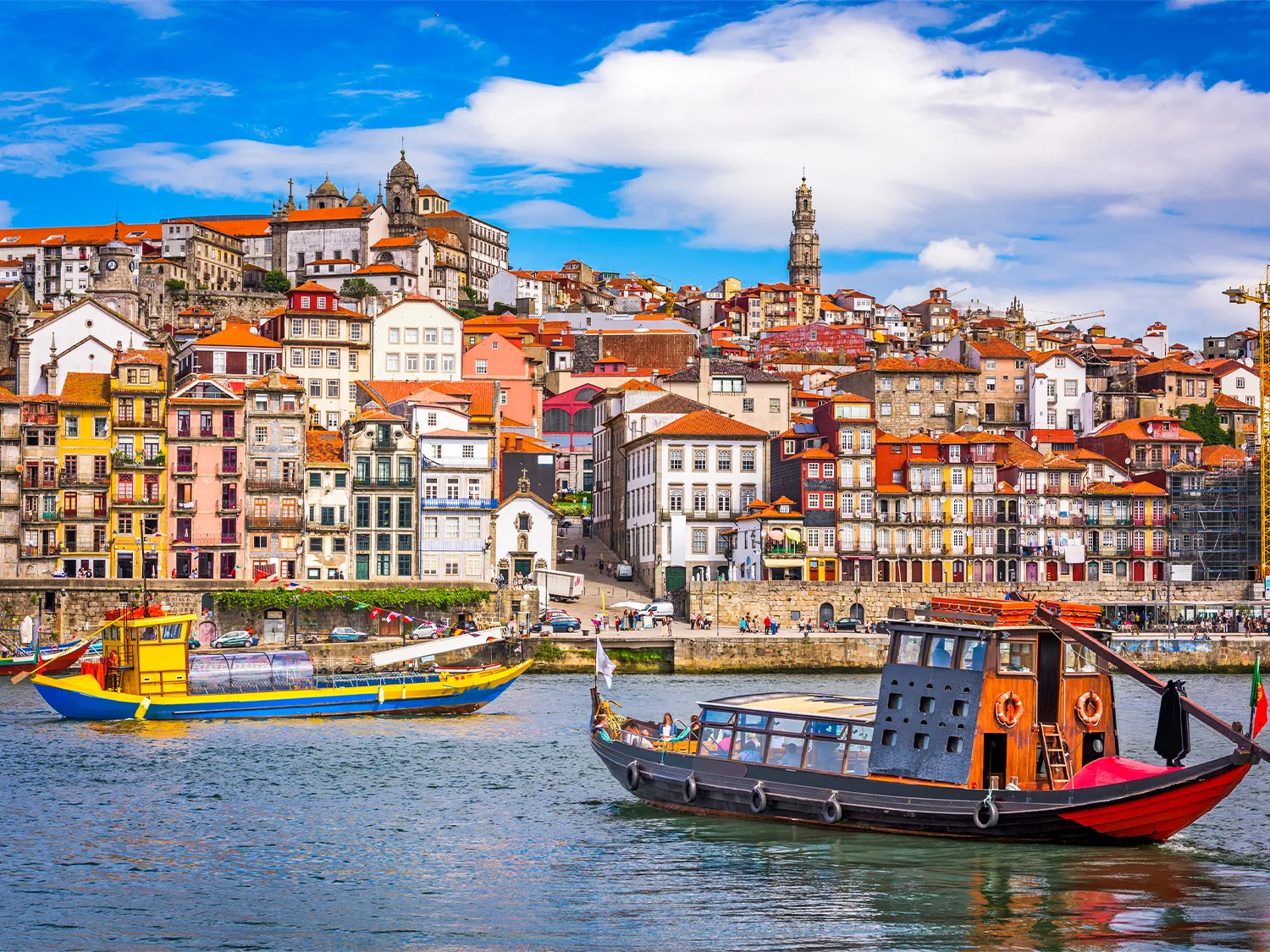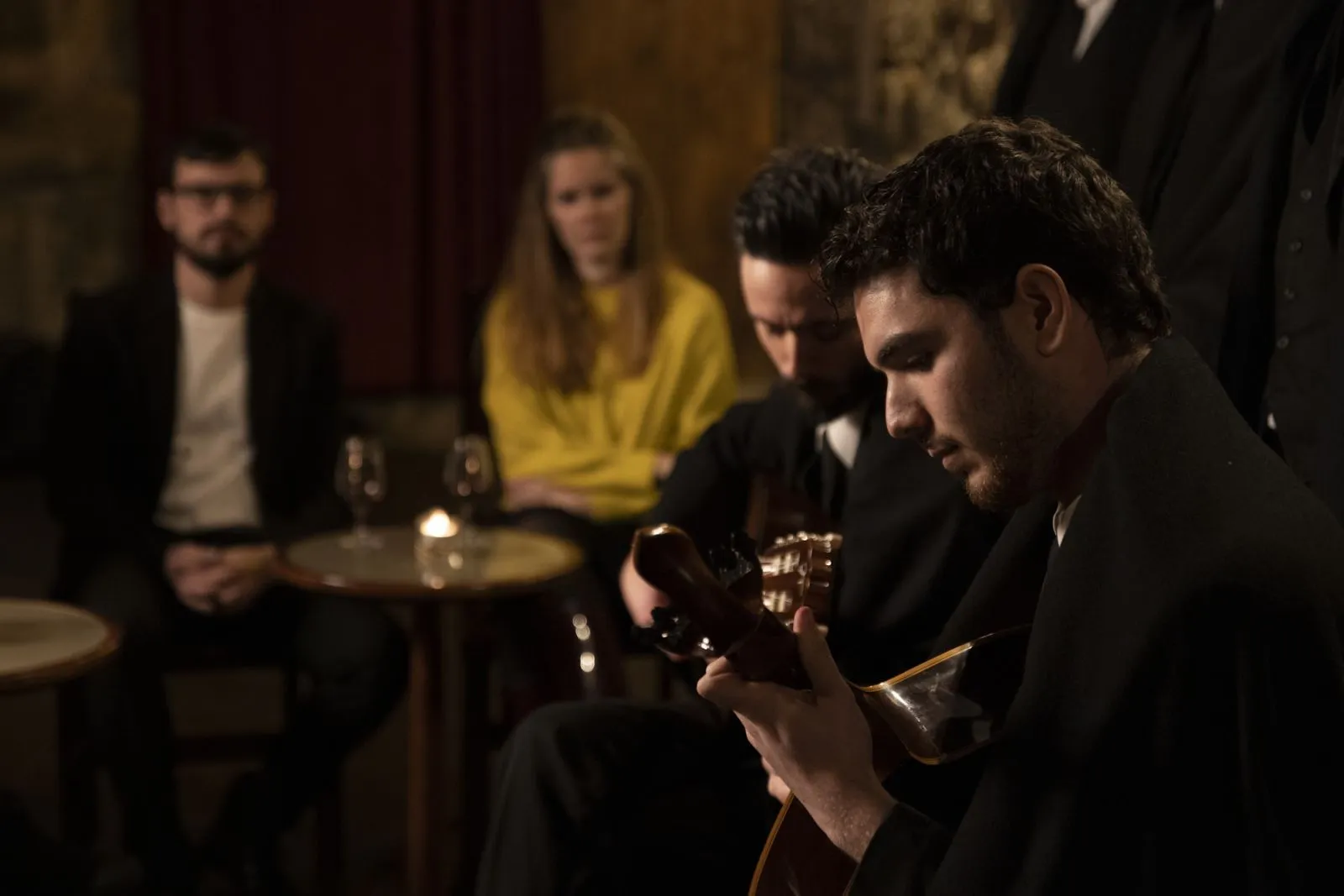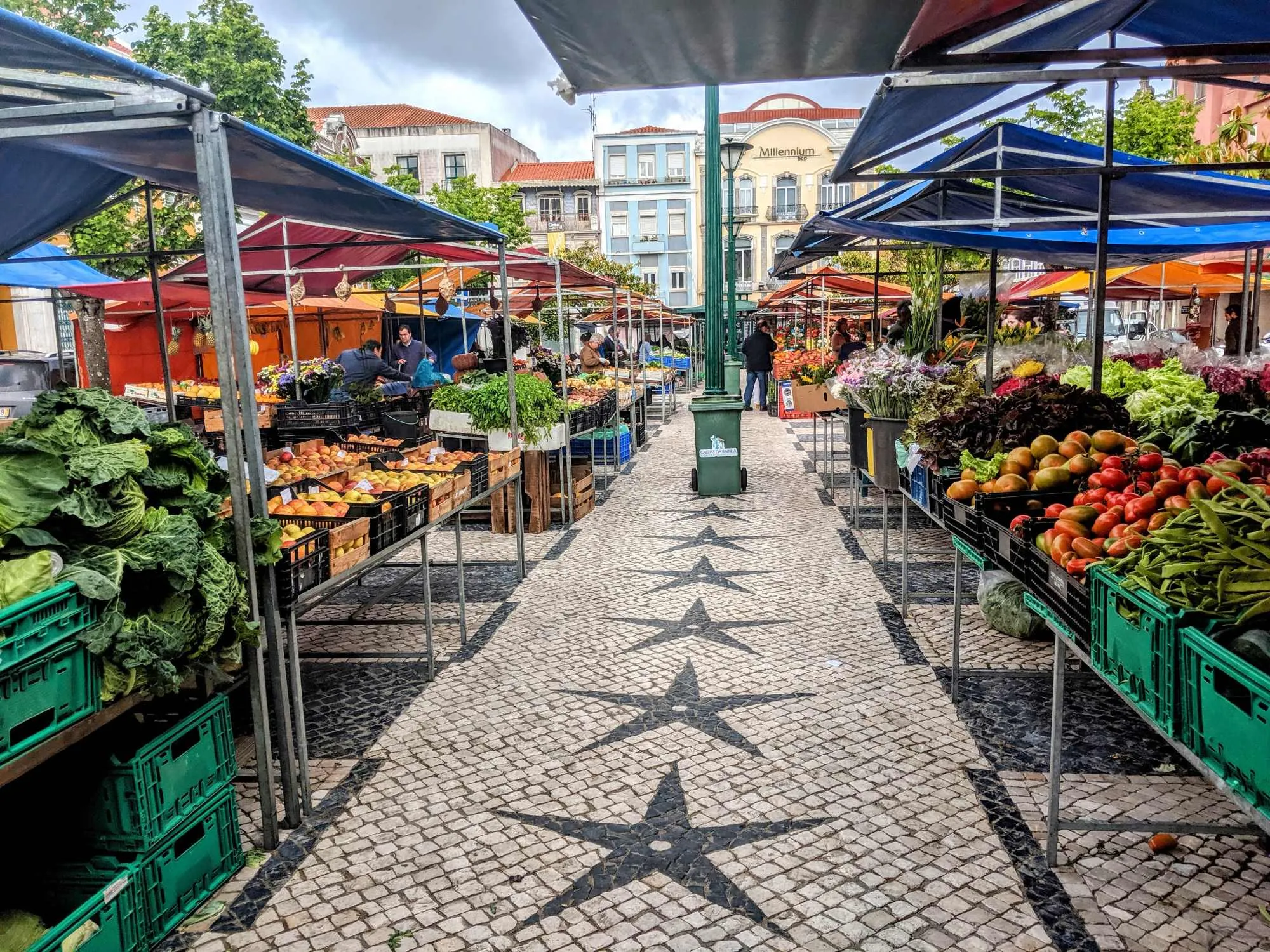Portugal’s story isn’t just written in books; it’s etched into the granite of its hilltop fortresses and painted onto the vibrant walls of its fairytale palaces. From the misty mountains of Sintra to the sun-baked plains of the Alentejo, the country is a living museum of medieval conflict, Templar mystique, and royal romance. For the experiential traveler, these aren’t just ruins—they are gateways to the past. Each stone wall and crenelated tower whispers tales of Moorish caliphs, crusading knights, and seafaring kings who built an empire. After spending weeks on a dedicated ‘castle hunting’ road trip, navigating backroads and climbing battlements, I’ve compiled this guide to the best Portugal castles to share not just what to see, but how to experience it.
Before You Go: Essential Tips for Your Portugal Castle Adventure
Planning Your Trip: Best Seasons and Avoiding Crowds
Choosing when to visit Portugal can fundamentally alter your castle-hopping experience, especially in world-famous hotspots like Sintra. The country’s tourism flow is defined by three distinct seasons: a high season from late June through August, shoulder seasons in spring (April to early June) and fall (September to November), and a low season from December to April. While summer promises long, sunny days, it also brings peak tourist volume, which translates directly into massive crowds at popular sites like Pena Palace and the walled town of Óbidos.
For the optimal balance of pleasant weather, manageable crowds, and more competitive pricing, the consensus among seasoned travelers is to aim for the shoulder seasons. From my own experience, visiting Sintra on a weekday in May is a world away from a weekend in July. The morning mist hangs in the trees, the light is perfect for photos, and you’re not fighting for a spot on the bus to Pena Palace.
Getting Around: To Rent a Car or Not?
The decision to rent a car in Portugal hinges entirely on your itinerary. For exploring remote castles scattered across the vast Alentejo plains, like Marvão and Monsaraz, or for creating a personalized “Knights Templar” route through Central Portugal, a car provides unparalleled freedom and flexibility.
However, a rental car becomes a significant liability in the historic centers of Lisbon and Porto. These cities are notorious for their narrow, winding streets, aggressive traffic, and extremely limited, expensive parking. My rule of thumb: rely on Portugal’s excellent and affordable train system to travel between major hubs like Lisbon and Porto. Rent a car from those hubs for regional explorations.
For US travelers, you are required to have an International Driving Permit (IDP) to accompany your valid US driver’s license. The vast majority of rental cars in Portugal have a manual transmission, so if you require an automatic, book well in advance at a premium price.
The Lisboa Card: Is It Worth It for Castle Hopping?
For travelers focusing on the castles in and around the capital, the Lisboa Card presents a compelling value proposition. This tourist pass offers free, unlimited travel on Lisbon’s entire public transportation network and provides completely free entry to São Jorge Castle, which normally costs €15 per adult.
The card also grants discounts at popular Sintra sites, including a 15% reduction on tickets for the Castle of the Moors and a 5% discount for Pena Palace. For a 24-hour card costing €31, the savings add up quickly when you factor in castle entry, transportation, and other included attractions.
The Big Three: Portugal’s Most Iconic Castles
1. Pena Palace, Sintra – The Fairytale on the Hill
Pena Palace is the very definition of fairytale architecture. Perched high in the Sintra mountains, it’s a hypnotic explosion of vibrant red, yellow, and purple hues—a whimsical blend of Gothic, Moorish, and Manueline motifs that looks as if it were plucked from a storybook. This UNESCO World Heritage Site is the pinnacle of 19th-century Romanticism in Portugal and is deservedly counted as one of the nation’s Seven Wonders.
The palace’s story begins in the Middle Ages with a small chapel dedicated to Our Lady of Pena. This was later expanded into a monastery, which fell into ruin after the great earthquake of 1755. In 1836, the German prince Ferdinand of Saxe-Coburg-Gotha married Queen Maria II of Portugal. Falling deeply in love with Sintra, the new king consort acquired the monastery ruins and surrounding lands, transforming them into a fantastical summer palace.
Visitor Voices: Is It Worth Going Inside?
This is the most debated question among visitors to Sintra. The case against entering centers on the visitor experience during peak hours—a long, slow, single-file shuffle through furnished royal apartments. However, those who appreciate history and decorative arts enjoy exploring the preserved royal quarters, including the opulent ballroom and private chambers.
My verdict? The interior is worth it only if you can be one of the first people inside. Book the earliest possible time slot online, ideally weeks in advance. Arrive at the main park entrance at least 45 minutes before your scheduled palace entry time, as it takes approximately 30 minutes to walk the steep, uphill path from the park gate to the palace entrance itself.
Logistics:
- Tickets: Purchase mandatory online in advance for a specific date and time slot. A combined Palace and Park ticket is €20 for adults; a Park Only ticket is €10.
- Getting There: Train from Lisbon’s Rossio station (40-minute journey), then the 434 tourist bus from Sintra station.
- Pro Tip: If you can’t get early slots, buy the Park Only ticket and explore the 85-hectare grounds, including the hidden Chalet of the Countess of Edla.
2. São Jorge Castle, Lisbon – The City’s Historic Heart
Perched majestically on Lisbon’s highest hill, São Jorge Castle is the city’s most noticeable and visited historical monument. It’s less a fairytale palace and more a formidable fortress, offering arguably the most majestic views across Lisbon’s terracotta rooftops to the Tagus River.
The strategic hilltop has been fortified since at least the 2nd century BC by the Romans and was expanded into a major Moorish citadel in the 11th century. Its most famous chapter came in 1147, when Portugal’s first king, Afonso Henriques, captured the castle from the Moors during the dramatic Siege of Lisbon—a pivotal moment in the Christian Reconquista.
Firsthand Experience: More Than Just a View
While the panoramic vistas are the main draw, the real joy of São Jorge is the freedom to explore its expansive grounds. I spent an entire afternoon wandering the ramparts, climbing the eleven preserved towers, and watching the resident peacocks strutting proudly through the courtyards. Don’t miss the Camera Obscura, located in one of the towers—this optical device projects a live, 360-degree detailed view of the city onto a large concave surface.
Expert Tip: Go late in the afternoon, about two hours before closing. The tour bus crowds start to thin out, and you can claim a spot on the western battlements for sunset. Visiting castles in Lisbon is incomplete without watching the golden light wash over the historic Alfama district—a core memory of the city.
Logistics:
- Tickets: €15 for adults, free for Lisboa Card holders. Buy online to skip lines.
- Hours: March-October 9 am-9 pm, November-February 9 am-6 pm.
- Getting There: Historic Tram 28 or a steep walk through the Alfama neighborhood.
3. Óbidos Castle – A Journey Into a Medieval Walled Town
To visit Óbidos is to step not just into a castle, but into an entire, perfectly preserved medieval town. The experience begins the moment you pass through the ornate main gate, the Porta da Vila, adorned with 18th-century azulejo tiles, and find yourself in a labyrinth of narrow cobblestone streets and whitewashed houses draped in vibrant bougainvillea.
The site’s history stretches back to a Roman settlement, but the fortress we see today was primarily established by the Moors. After its conquest by Portuguese forces in 1148, Óbidos gained a romantic new identity. In 1282, King Dinis gifted the entire town to his new bride, Queen Isabel of Aragon, as a wedding present, establishing the tradition of Óbidos as the Vila das Rainhas (Town of the Queens).
Walking the Walls (With a Warning!)
The main event in Óbidos is walking the 1.5-kilometer circuit of the 13-meter-high castle walls that completely encircle the town. The panoramic views from the battlements are absolutely breathtaking. However, this comes with a serious caveat: the path is uneven and worn from centuries of use, with no handrails for most of its length. It can be nail-biting, especially if you have a fear of heights.
Expert Tip: To experience the true magic of Óbidos, arrive before 10 am to beat the tour buses, or better yet, stay overnight at the Pousada castle hotel. After day-trippers depart, the town becomes quiet and deeply enchanting under the evening lights.
Logistics:
- Access: The town and walls are free to explore anytime.
- Getting There: One-hour bus ride from Lisbon.
- Must-Try: Ginjinha de Óbidos (sour cherry liqueur served in an edible chocolate cup).
Portugal’s Top Castles at a Glance
| Castle Name | Location | Best For | Must-See Feature | Crowd Level |
| Pena Palace | Sintra | Fairytale Photos | Colorful Terraces | Very High |
| São Jorge Castle | Lisbon | Panoramic Views | Sunset Ramparts | High |
| Óbidos Castle | Central | Medieval Experience | Town Wall Walk | High |
| Almourol Castle | Santarém | Romance | Boat Approach | Moderate |
| Guimarães Castle | North | National History | “Birthplace of Portugal” | Moderate |
| Silves Castle | Algarve | Moorish Architecture | Red Sandstone Walls | Moderate-Low |
| Marvão Castle | Alentejo | Epic Views | Unbeatable Panoramas | Low |
A Journey Through Time and Territory: Portugal’s Castles by Region
The Sintra Mystique (Beyond Pena)
Castle of the Moors (Castelo dos Mouros)
This is the oldest site in Sintra, a raw and atmospheric ruin whose stone walls snake along a high mountain ridge like a miniature Great Wall of China. Dating back to the 8th century, these Moorish fortifications were built for defense, and the experience here is all about that strategic vantage point. The real thrill is climbing the ancient battlements for the most commanding views in the entire region—looking down upon historic Sintra and across to Pena Palace on the opposite peak.
Quinta da Regaleira
Less a traditional castle and more a mystical estate, Quinta da Regaleira is an enigmatic landscape filled with esoteric symbols relating to alchemy, the Knights Templar, and Freemasonry. The star attraction is the otherworldly Initiation Well, a subterranean tower that plunges 27 meters into the earth, which you can descend via a moss-covered spiral staircase. The vast gardens are a puzzling labyrinth of grottoes, hidden tunnels, waterfalls, and ornate fountains.
Northern Strongholds: The Birthplace of a Nation
Guimarães Castle (Castelo de Guimarães)
Universally known as the “Birthplace of Portugal,” this imposing 10th-century fortress is a powerful national symbol. It is widely believed to be the birthplace of Portugal’s first king, Afonso Henriques, and the nearby Battle of São Mamede in 1128 was pivotal in founding the independent kingdom. The castle’s architecture is perfect medieval military design: a massive central keep protected by a shield-shaped outer wall fortified with eight imposing rectangular towers.
Bragança Castle (Castelo de Bragança)
Standing proudly in the tranquil, far northeast, Bragança Castle is one of Portugal’s most complete and well-preserved medieval fortifications. Its massive walls and keep are impressive, but what makes it unique is the Domus Municipalis nestled within its grounds. This strange and beautiful pentagonal building is the only surviving example of Romanesque civil architecture in all of Portugal.
Central Portugal: The Realm of the Knights Templar
Almourol Castle (Castelo de Almourol)
Arguably the most romantic and picturesque castle in all of Portugal, Almourol rises dramatically from a tiny granite island in the middle of the Tagus River. The experience is pure magic—a short boat ride delivers you to the islet, where you explore the 12th-century Templar fortress. Rebuilt in 1171 by Gualdim Pais, Grand Master of the Knights Templar, the castle was key to the defensive line along the Tagus during the Reconquista.
Castle of Tomar (Castelo de Tomar)
This is more than a castle; it’s the monumental headquarters of the Knights Templar in Portugal and later the Order of Christ. The vast UNESCO World Heritage complex is dominated by the Convent of Christ. The absolute highlight is the 12th-century Charola, a stunning 16-sided rotunda that was the Templars’ private oratory, modeled after the Church of the Holy Sepulchre in Jerusalem.
The Alentejo Plains: Hilltop Sentinels
Marvão Castle (Castelo de Marvão)
Aptly nicknamed the “Eagle’s Nest,” Marvão is spectacularly perched atop a massive granite escarpment near the Spanish border. The experience here is all about the awe-inspiring view—from its impeccably preserved battlements, you’re rewarded with breathtaking, 360-degree panoramas over the vast, rolling plains of the Alentejo that stretch uninterrupted into Spain. It’s particularly magical in the early morning when mist often curls around the hills below.
Monsanto Castle (Castelo de Monsanto)
One of the most unique castles in Portugal, Monsanto is a remarkable feat of organic engineering, built around, between, and on top of colossal granite boulders. The village itself, voted the “most Portuguese village in Portugal,” seems to grow directly out of the rocky landscape, with houses wedged under giant stones.
The Algarve’s Moorish Legacy
Silves Castle (Castelo de Silves)
This is the best-preserved example of Islamic military architecture in Portugal and the largest castle in the Algarve. When Silves was the prosperous capital of the Moorish Kingdom of the Algarve, this formidable fortress was its heart. Its imposing red sandstone walls glow warmly in the late afternoon sun, and its eleven fortified towers are a powerful reminder of the region’s rich Moorish past.
Your Portugal Castle Itinerary (Sample Plans)
The 3-Day Lisbon and Sintra Castle Blitz
- Day 1: Heart of LisbonBegin your adventure in the capital. Spend the morning exploring São Jorge Castle (book tickets online to skip the queue!). In the afternoon, get lost in the charming, narrow streets of the Alfama district that tumble down from the castle walls.
- Day 2: The Sintra GauntletTake an early train from Lisbon’s Rossio station to Sintra. Head directly to Pena Palace for your pre-booked first time slot. Afterward, take the short walk to the Castle of the Moors and climb its ancient walls. In the afternoon, immerse yourself in the mystical grounds of Quinta da Regaleira.
- Day 3: Medieval Day TripTake a morning bus to the walled town of Óbidos. Spend hours walking the famous walls, exploring cobblestone streets, and enjoying Ginjinha. Return to Lisbon in the afternoon.
The 7-Day “Knights and Nobles” Road Trip
- Days 1-2: Lisbon BaseArrive in Lisbon and settle in. Visit São Jorge Castle, then pick up your rental car to prepare for your road trip.
- Day 3: Óbidos and TomarDrive north to Óbidos early to beat crowds. Continue inland to historic Tomar, the heart of Templar country.
- Day 4: The Templar TrailDedicate the entire day to exploring the vast Castle of Tomar and Convent of Christ. In the late afternoon, drive to nearby Almourol Castle for a magical boat trip and sunset experience.
- Day 5: Journey NorthEnjoy the scenic drive through Central Portugal toward Guimarães.
- Day 6: Birthplace of a NationExplore Guimarães Castle, the Palace of the Dukes of Braganza, and the beautifully preserved medieval town center.
- Day 7: DepartureTake the short drive to Porto’s international airport for your flight home.
After spending weeks exploring these magnificent strongholds, from the fairytale splendor of Pena Palace to the rugged authenticity of Marvão’s eagle’s nest perch, I can confidently say that Portugal offers one of Europe’s most diverse and rewarding castle experiences. Whether you’re drawn to Templar mysteries, Moorish architecture, or simply seeking that perfect Instagram shot from ancient battlements, these Portugal castles deliver unforgettable memories that will have you planning your return trip before you’ve even left.
Read more:
